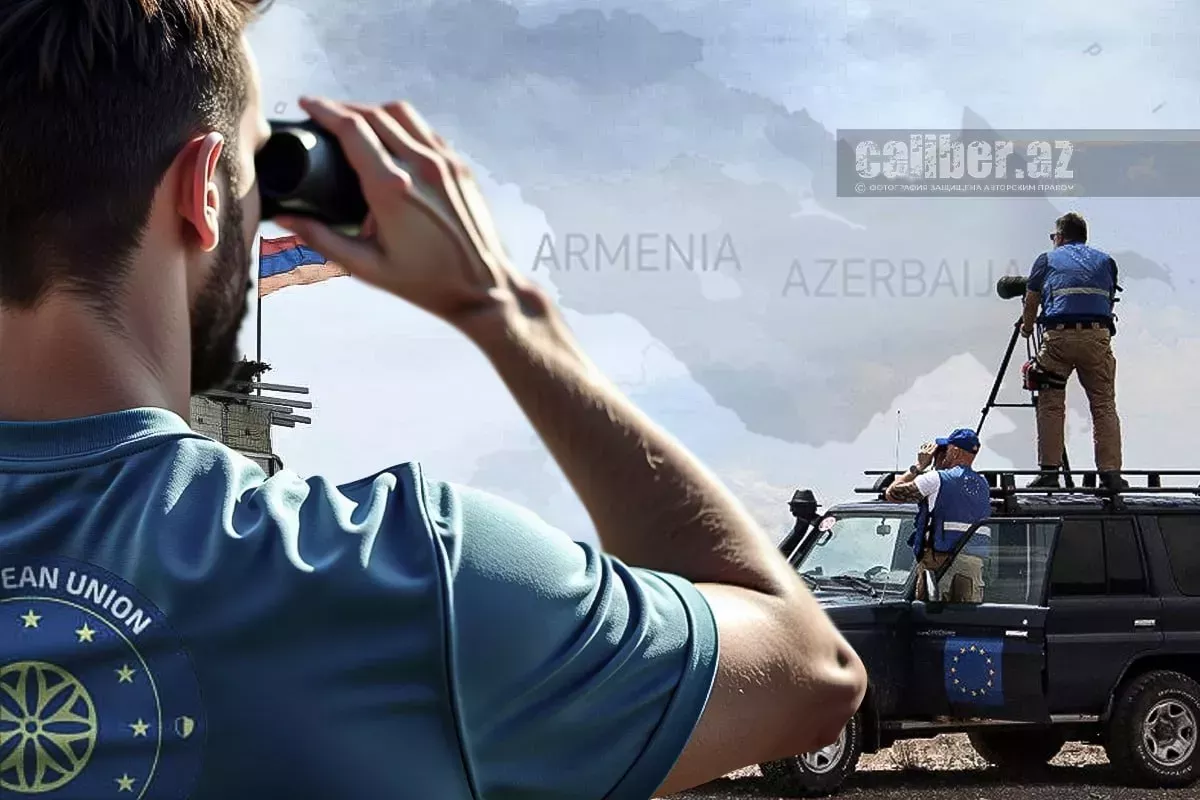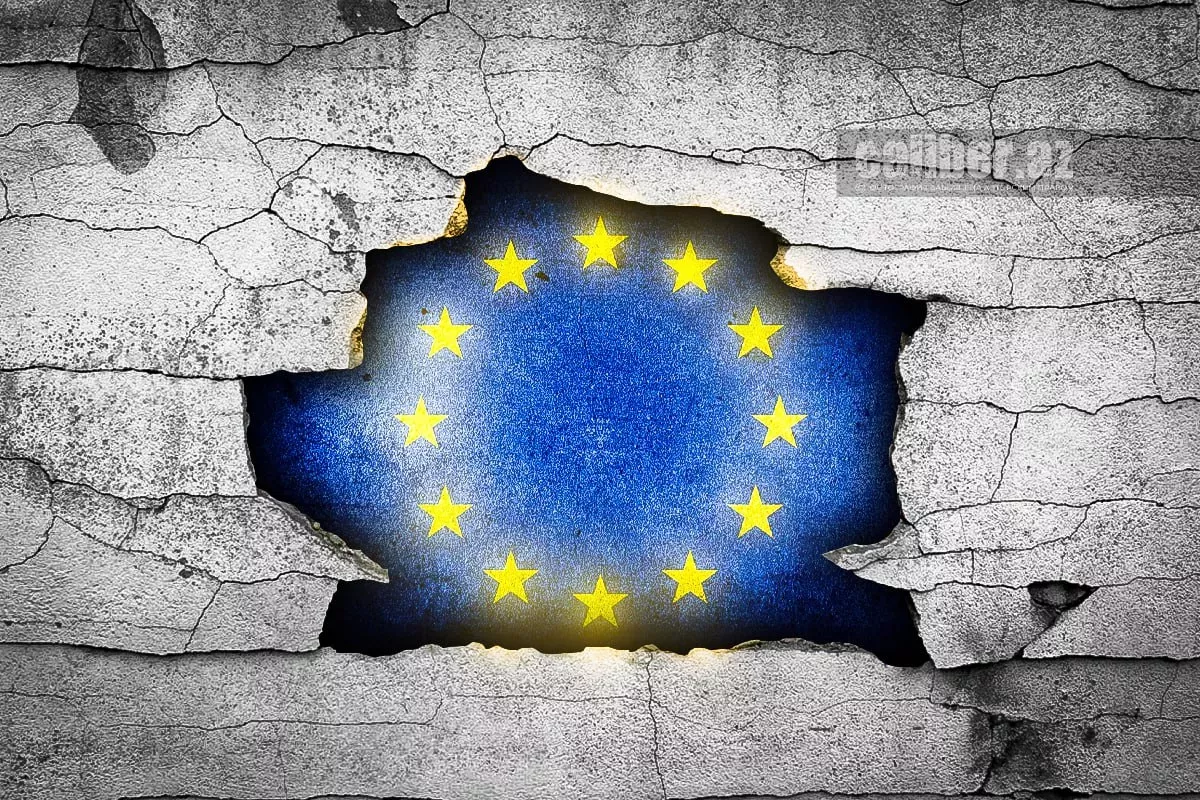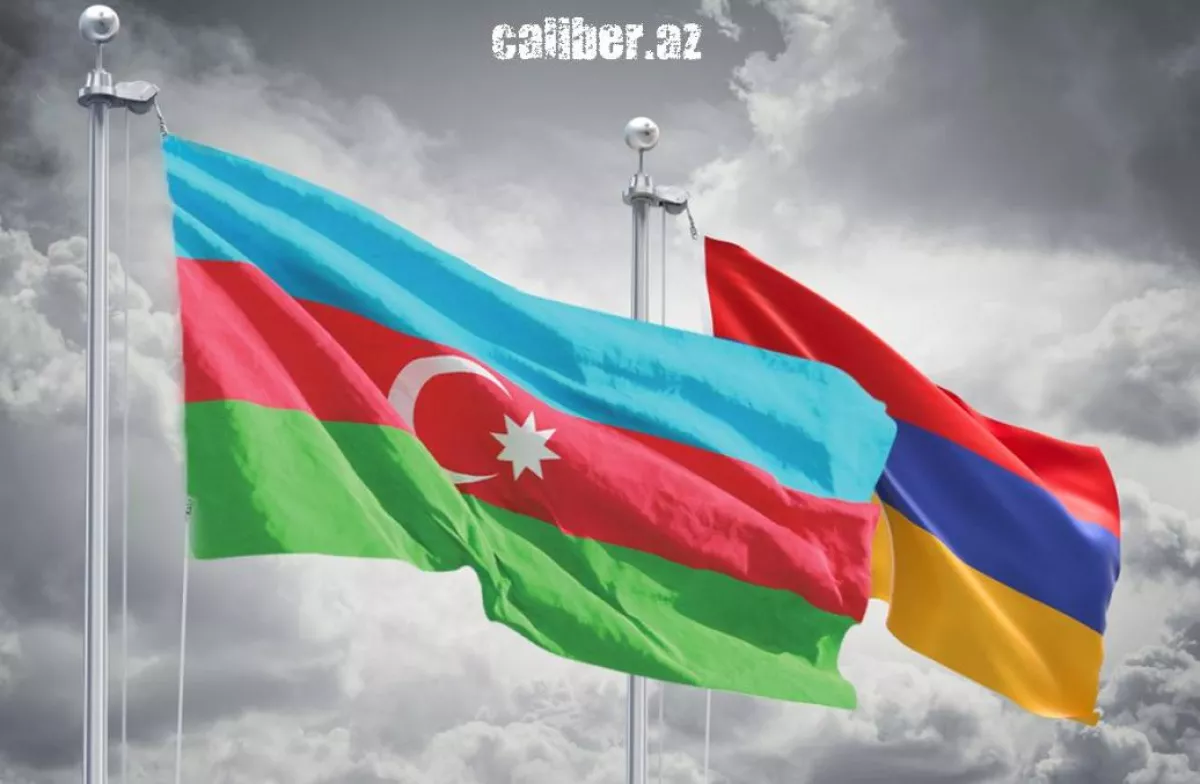EU observers stay in Armenia despite South Caucasus peace deal Anachronism or influence?
The EU mission in Armenia, which officially defines itself as observational but in practice collects data on the ground — in other words, engages in espionage — remains in the neighbouring country. As the EU’s official spokesperson for foreign policy, Anita Hipper, stated, the European Union Mission in Armenia (EUMA) will continue its activities, and any potential changes to its mandate will be discussed between Armenia and the EU. She noted, “The mission’s authority includes observing and reporting on the situation on the Armenian side of the Armenia-Azerbaijan border.”
At first glance, this wording appears to be a purely technical notice, but in reality, it concerns a matter with deep political and geopolitical undertones. It is worth recalling how it all began. In early October 2022, during the first European Political Community summit in Prague, talks were held with the participation of Armenian Prime Minister Nikol Pashinyan, Azerbaijani President Ilham Aliyev, French President Emmanuel Macron, and then-European Council President Charles Michel. The parties agreed on the presence of European civilian observers on the Armenian border territories for a mandate of two months.
On October 17, 2022, the Council of Europe approved a decision to send 40 observers to monitor the situation on the de facto border between Armenia and Azerbaijan. At the end of 2022, the European Union, with the support of Yerevan, announced plans to transform the short-term observation group into a long-term mission. It soon became known that EU observers would remain in Armenia for two years.
The EU’s long-term mission began operations in the Republic of Armenia on February 20, 2023. On the initial stage, the European observer group comprised around 100 people with experience in European security structures. By the end of 2023, the European Union decided to deploy additional observers to Armenia, bringing the total number of mission participants to over 200.

This is the history behind the emergence of EUMA, and there is one very important aspect to note. The fact is that this mission does not have a UN mandate and, therefore, lacks the international-legal universality and legitimacy that, for example, “blue helmet” missions possess.
EUMA’s mandate is based solely on a bilateral agreement between Brussels and Yerevan, which immediately made it, to put it mildly, a subject of political controversy. More specifically, Azerbaijan firmly opposed its establishment from the outset, reasonably pointing out that European observers would, in practice, become a political instrument in the hands of the Armenian side, and that the mission itself would introduce an element of external interference into the settlement process. Nevertheless, despite Baku’s protests, the mission was deployed.
Its activities, as our country had warned, have been and continue to be openly anti-Azerbaijani, manipulative, and provocative. A telling example is today’s EUMA report: “We were glad to host two guests from the Embassy of the Czech Republic in Yerevan - Deputy Head of Mission Sabina Nováková and her colleague Adam Pešout. During their visit, they joined a patrol in Khachik village to see our work on the ground firsthand. We look forward to continued collaboration.”
In other words, binocular diplomacy continues, even though on August 8 in Washington, the leaders of Azerbaijan, the US, and Armenia laid the groundwork for a future peace treaty, which the parties have already initialled.
Incidentally, when reporting on the continuation of the mission’s work, the official EU spokesperson for foreign policy also emphasised that the European Union welcomed the initialling of the peace treaty between Azerbaijan and Armenia and urged the parties to sign and ratify it as soon as possible. Frankly, taken together, this sounds like an attempt to square the circle.

It is quite obvious that in the new reality, the presence of EUMA appears anachronistic, since the key contradictions between Baku and Yerevan have been resolved, there is a clear mechanism for political oversight of the situation, and the border itself has taken on the status of an internationally recognised and calm line of demarcation.
The story of the EU mission inevitably invites comparison with the notorious OSCE Minsk Group and the presence of the Russian peacekeeping contingent in Karabakh. As is well known, the OSCE Minsk Group, whose amorphous activities were described as little more than “shuttle diplomacy,” faded into oblivion after the Patriotic War of autumn 2020, in which Azerbaijan achieved victory and liberated its ancestral territories from occupation.
It was finally and officially laid to rest after the leaders of the three states signed a Joint Declaration in Washington, which recorded, among other things, that the foreign ministers of Azerbaijan and Armenia had submitted a joint appeal to the OSCE to close the Minsk process and its associated structures.
As for the Russian peacekeeping contingent, it appeared in the Karabakh region on the basis of paragraph 3 of the Trilateral Statement by the leaders of Azerbaijan, Armenia, and Russia, signed on November 10, 2020. This document specified five years for the presence of Russian peacekeepers, but, as is known, everything later changed.
Following the successful counter-terrorism operation in autumn 2023, Azerbaijan fully restored its territorial integrity. As a result, the Russian peacekeepers left the region ahead of schedule, before their mandate expired, since the very reason for their presence had ceased to exist.
All of this was a logical step, consolidating the reality of the post-conflict period: no conflict — no need for either mediating or peacekeeping forces. By the same logic, therefore, the presence of the EU mission at the border has also outlived its purpose, just like the activities of the OSCE Minsk Group and the deployment of the Russian peacekeeping contingent in Karabakh.

However, it seems there is also a hidden side to this. If we look at it from the opposite perspective, it becomes clear that the EU, by investing in the Armenian side and providing support in the form of European mission personnel, seeks to maintain a lever of influence in the region.
Moreover, the continued presence of EUMA observers in the post-conflict zone, in the absence of real threats, inevitably becomes a political symbol, which Armenia may well exploit for propaganda purposes, portraying the EU as its protector. This, in turn, could create a risk of diplomatic friction and become a source of new manipulations by forces opposed to the establishment of peace in the South Caucasus.
In addition, by maintaining the EU mission on its territory, official Yerevan contradicts itself, since the initialled "Agreement on the Establishment of Peace and Interstate Relations between the Republic of Azerbaijan and the Republic of Armenia" clearly stipulates: “The Parties, pending the delimitation and subsequent demarcation of their mutual border, shall implement mutually agreed security and confidence-building measures, including in the military field, with a view to ensuring security and stability in the border regions,” the agreement stated.
So, in any case, in the new reality, EUMA appears more as a remnant of the conflict than a tool for peace, since if the reasons for external presence disappear, it should be withdrawn. Continuing the mission without a clear necessity can only slow down the normalisation process, because real peace is built on trust between the parties themselves, not on constant external supervision. One can only hope that this is understood in Yerevan.








